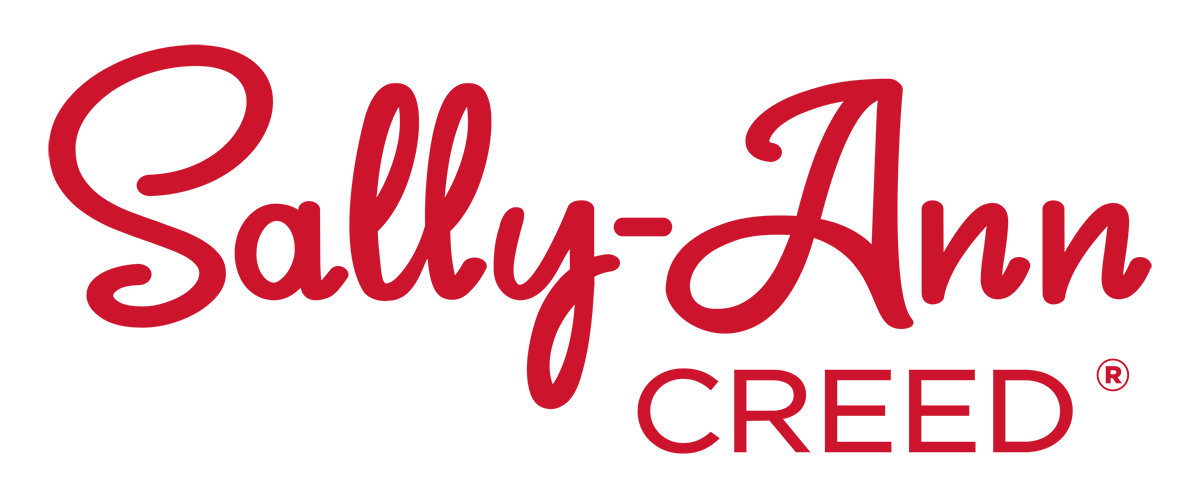The health benefits of eating fibre are well documented. Foods containing fibre may provide multiple health benefits, here are just a few!
- Lowers cholesterol: Some fibre can help prevent cholesterol and fat absorption which will help lower your cholesterol over time.
- Helps stabilize blood sugar levels: fibre can positively influence blood sugar levels by slowing how rapidly the sugar gets into your bloodstream. May help reduce the risk of developing type 2 diabetes.
- Feel fuller for longer: Dietary fibre includes a form of carbohydrate that people can’t digest. This fibre slows the speed at which food and drinks leave your stomach. You will feel fuller for longer after eating.
- Aids weight control and management: High-fibre foods are known to be low in calories and packed with nutrients. Maintaining a healthy weight is an important factor to consider when reducing your risk of cancer and other diseases.
- Keeps you regular: Adding fibre to your diet will help protect the linking of your intestines and make bowel movements more frequent and possibly a little easier. It may lower the risk of developing haemorrhoids and diverticular disease.
Soluble vs Insoluble:
Insoluble passes through the body unchanged and doesn’t get absorbed. Adding neither calories nor carbs to the diet just volume. Soluble fibre is the kind which sometimes forms a gel (psyllium, parts of the flaxseed and chia which have both kinds of fibre) and this adds a few calories but no carbs to the diet. Soluble fibre is fermented to short-chain fatty acids, acetate, butyrate and propionate. All shown to promote satiety, reduce the amount of food you eat and help with weight loss.
If your diet is too low in fibre consider adding in psyllium husks, grinding up some flaxseeds and increasing your fibrous vegetable intake. Perhaps even a little resistant starch now and then.
Here are a five products packed with fibre available online
- Skinny Fibre: https://sallyanncreed.co.za/product/skinny-fibre/
- Nutritional Yeast Flakes: 2 tablespoons (21 grams) of nutritional yeast flakes may provide a whopping 5 grams of dietary fibre. (20 percent of the recommended intake) https://sallyanncreed.co.za/product/golden-nutritional-yeast-flakes/
- Psyllium Husks: https://sallyanncreed.co.za/product/psyllium-husk-fibre-organic-150g/
- Organic Coconut Flour is high in protein and fibre, containing even more fibre then gluten-based grains. https://sallyanncreed.co.za/product/coconut-flour/
- Chia seeds Chia seeds are 40% fibre by weight, making them one of the best sources of fibre in the world. https://sallyanncreed.co.za/product/chia-seeds/
High fibre foods are good for your health however adding to much fibre too quickly can promote some discomfort such as abdominal bloating and cramps. Increase your fibre intake gradually which in turn allows the natural bacterial in your gut to adjust to the changes you make. Drink plenty of water when adding fibre which will soften your stool.
Here are some other ways to add more fibre to your food:
- 3g per medium artichoke (cooked)
- ½ an Avocado 6.7-9g
- Broccoli 5.1g (1 cup cooked)
- Brussels Sprouts 4.3 (1 cup cooked)
- Boiled green leafy veg provide a whopping 5g per cup
- Berries are up around 8g a cup
- Cabbage 4g a cup, cooked
- Chia seeds 5.5g per tablespoon
- Flaxseed meal (make this yourself) – 2 tablespoons contain 3.8g fibre
- Green beans 17g per cup, cooked
- Kohlrabi raw 1 cup 5g
- Kale 3g 1 cup raw
- Nuts and seeds are relatively high at around 2.7-just on 4g per 28g
- Onions and garlic are good ways to feed flora, and have some fibre, add to food for taste.
You will find many of the listed products above online at www.sallyanncreed.co.za/shop
Remember just as you need to eat good food daily to remain healthy, so your flora need daily feeding with fibre to remain at a healthy level.

